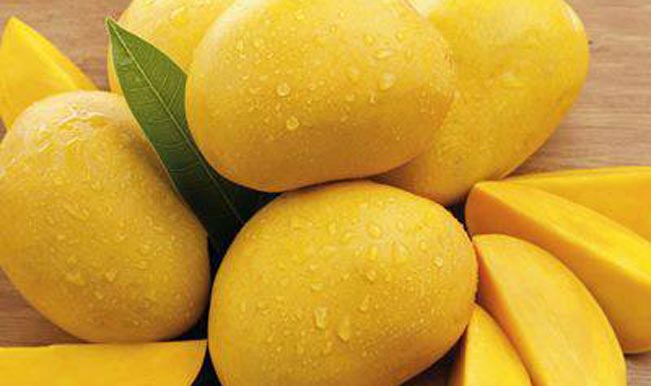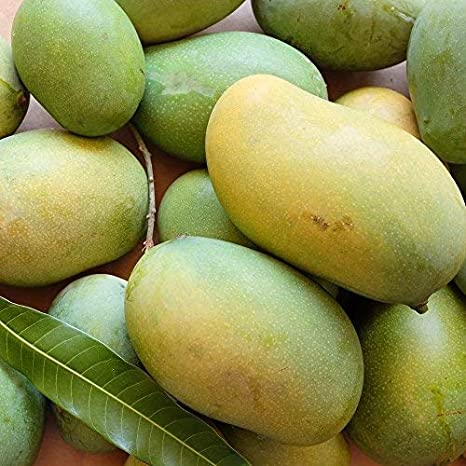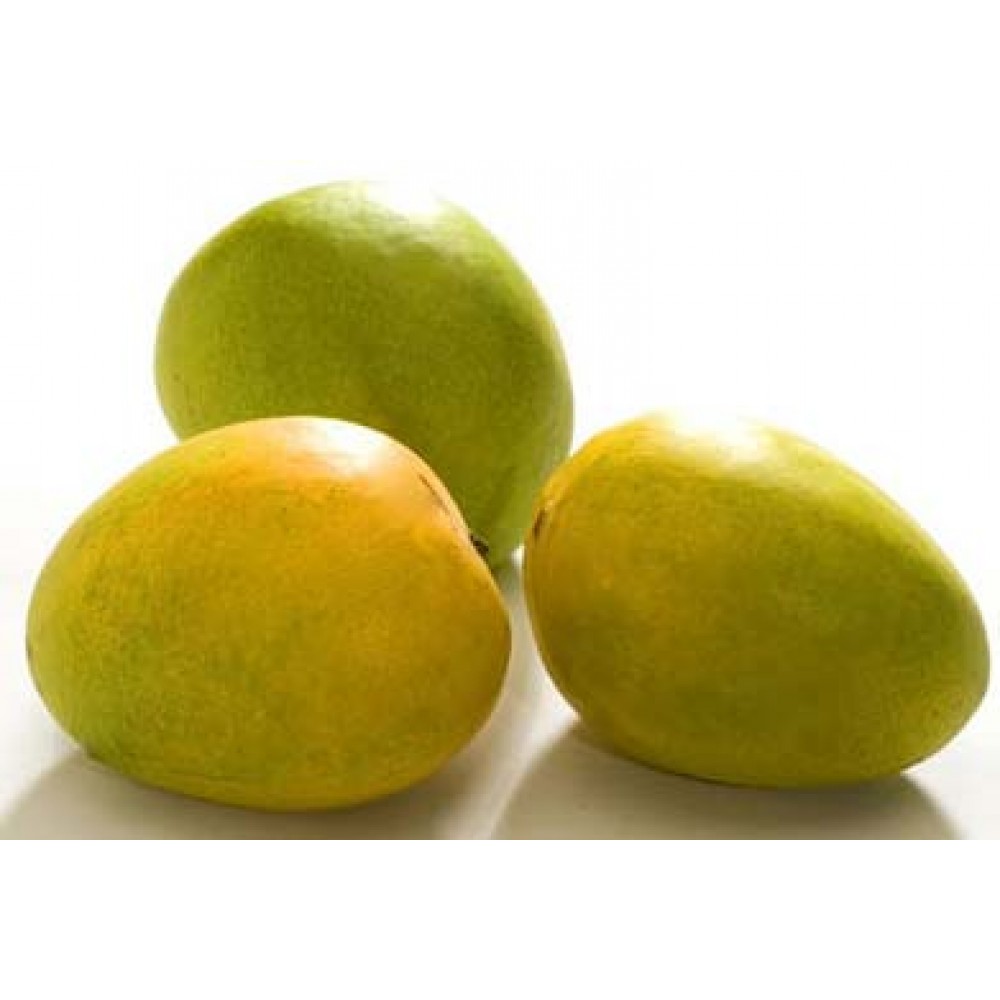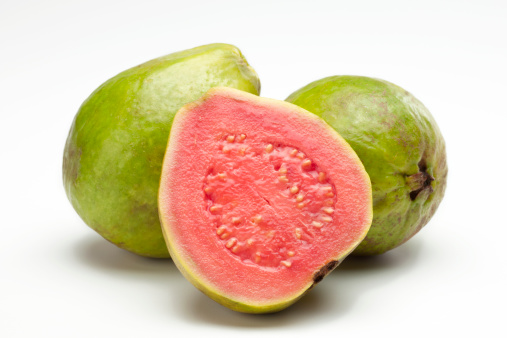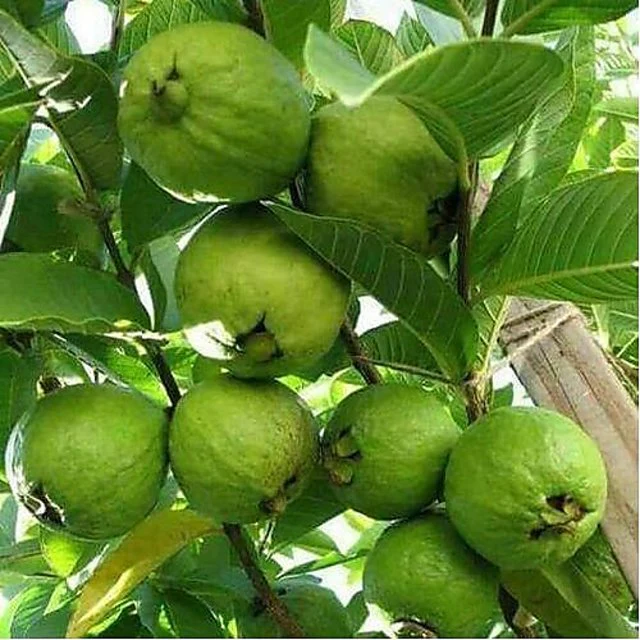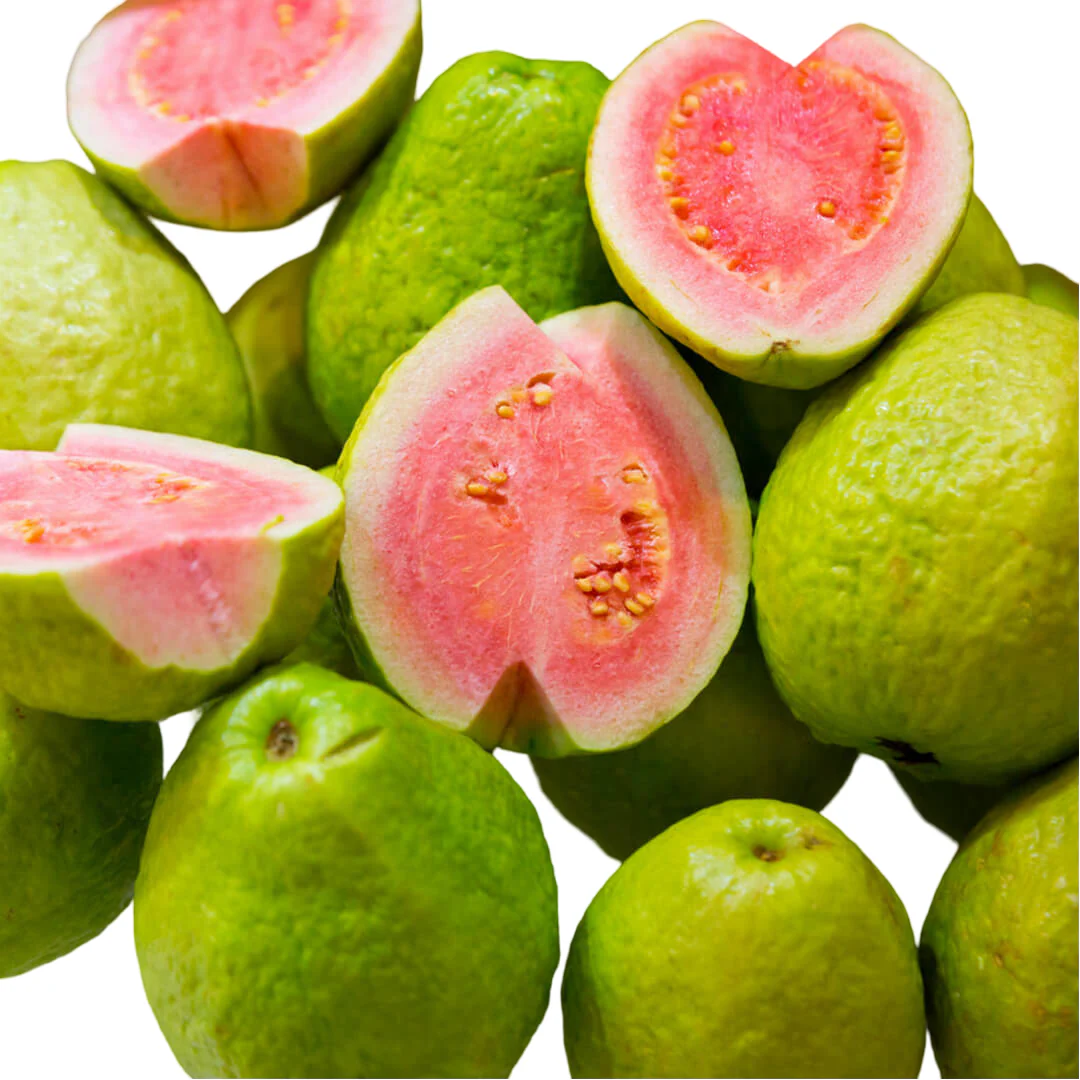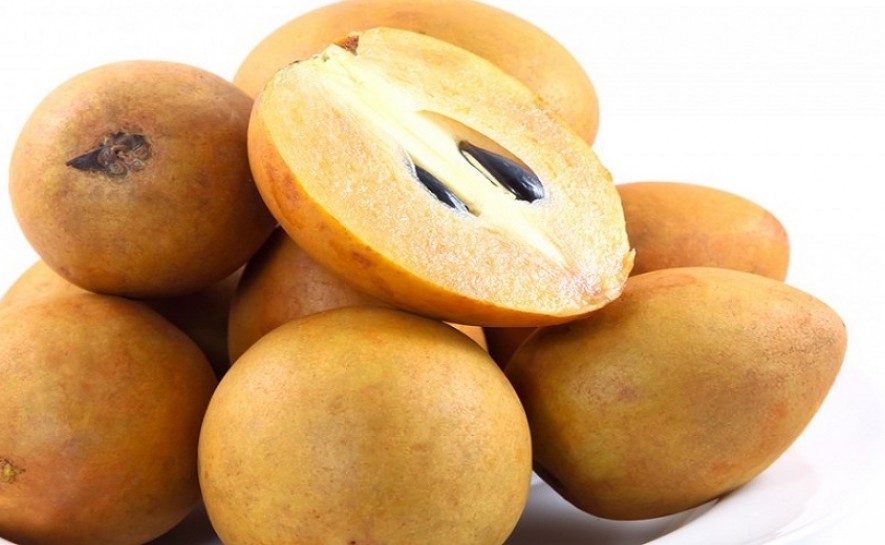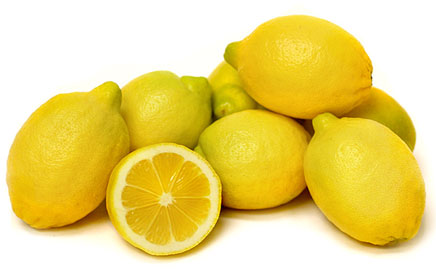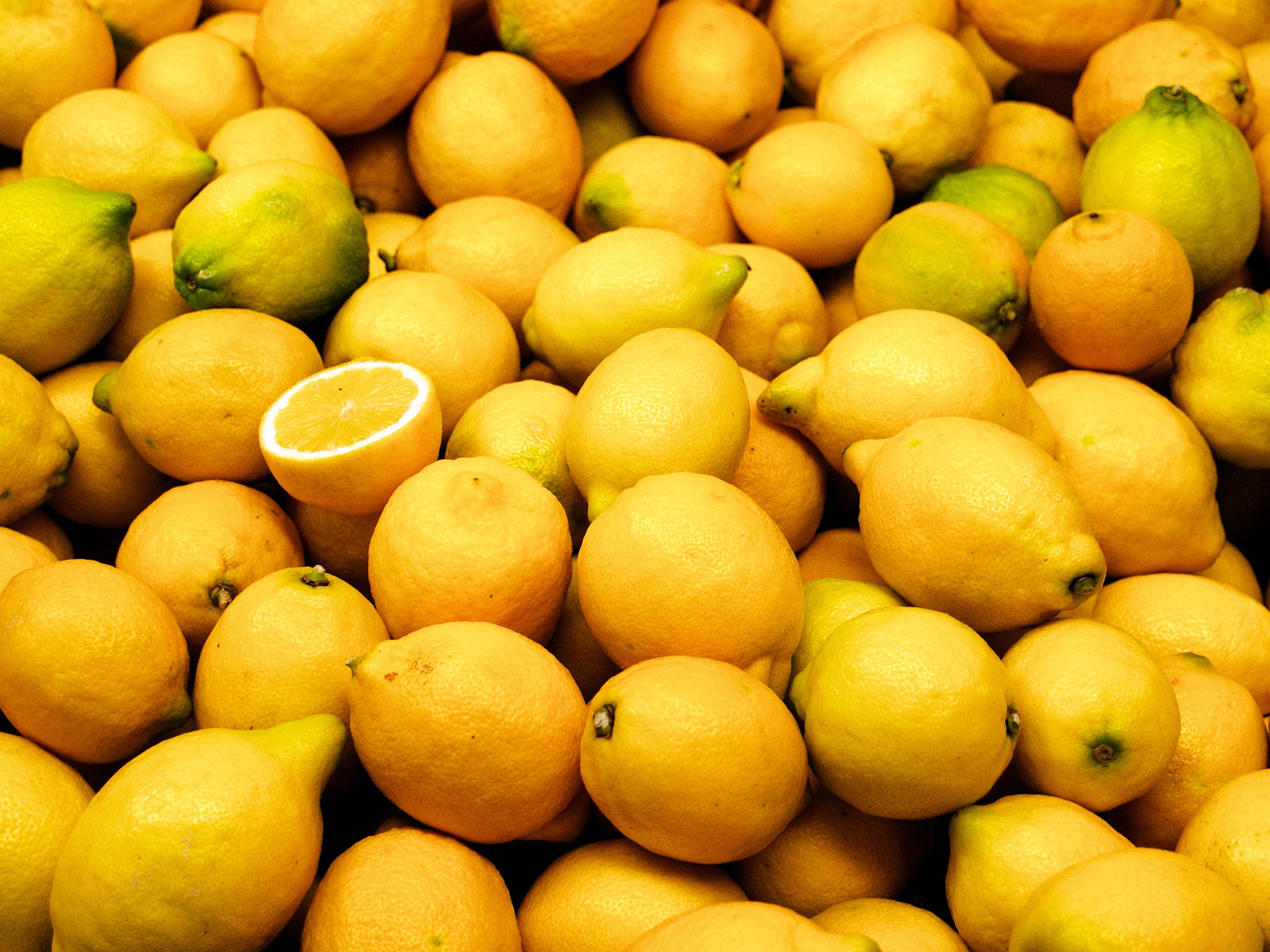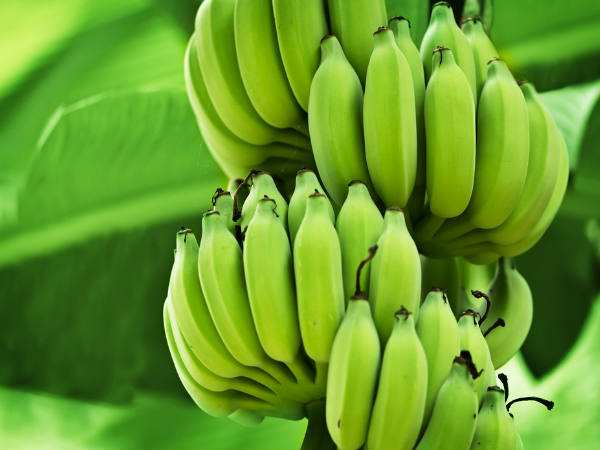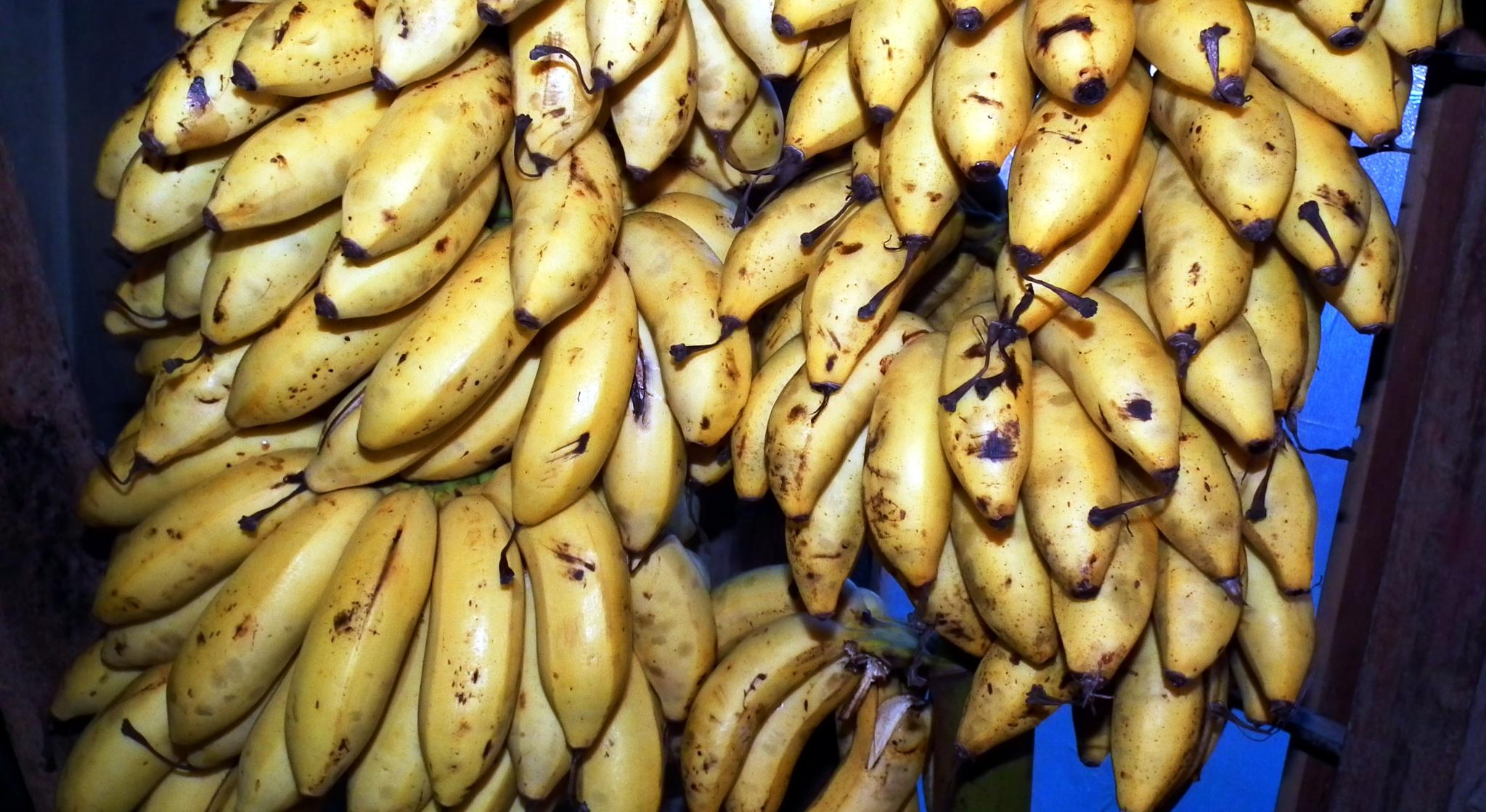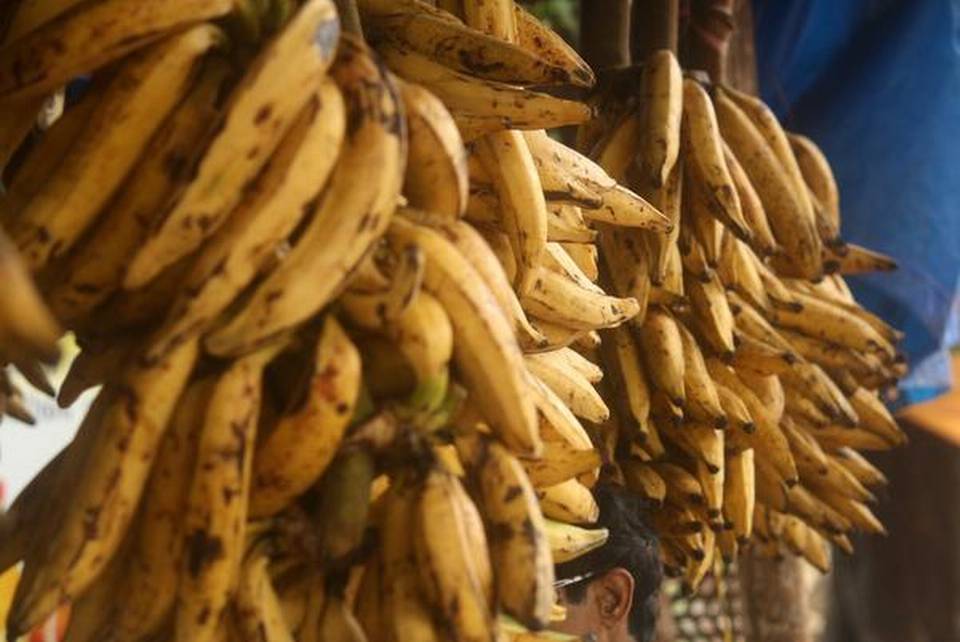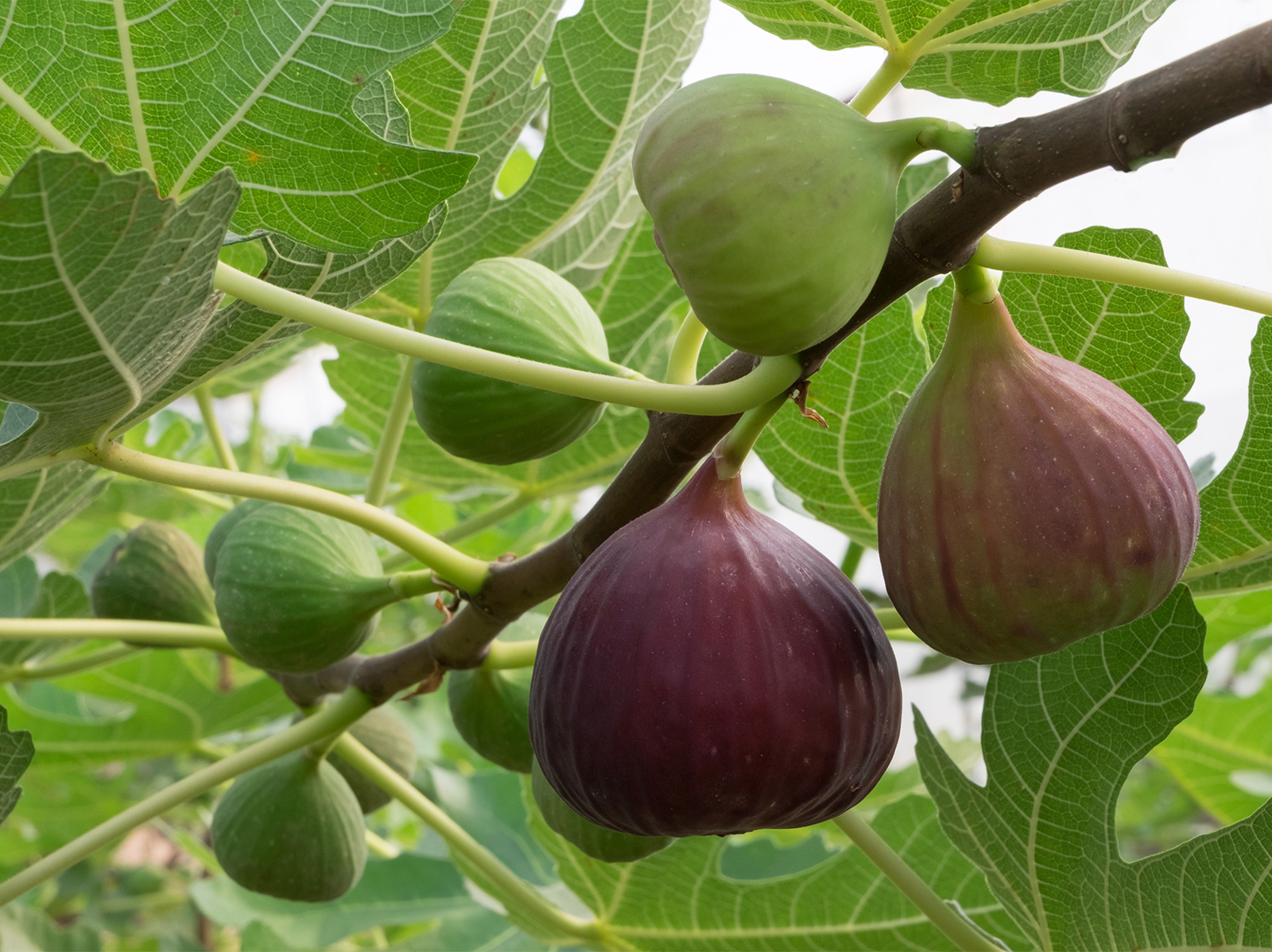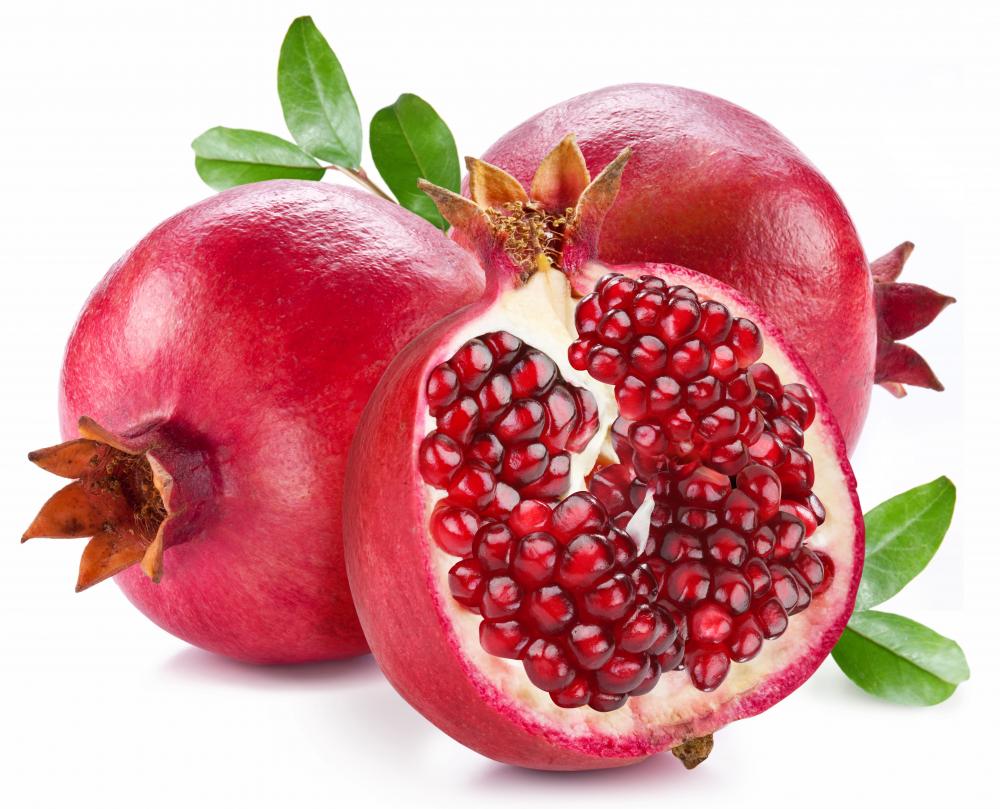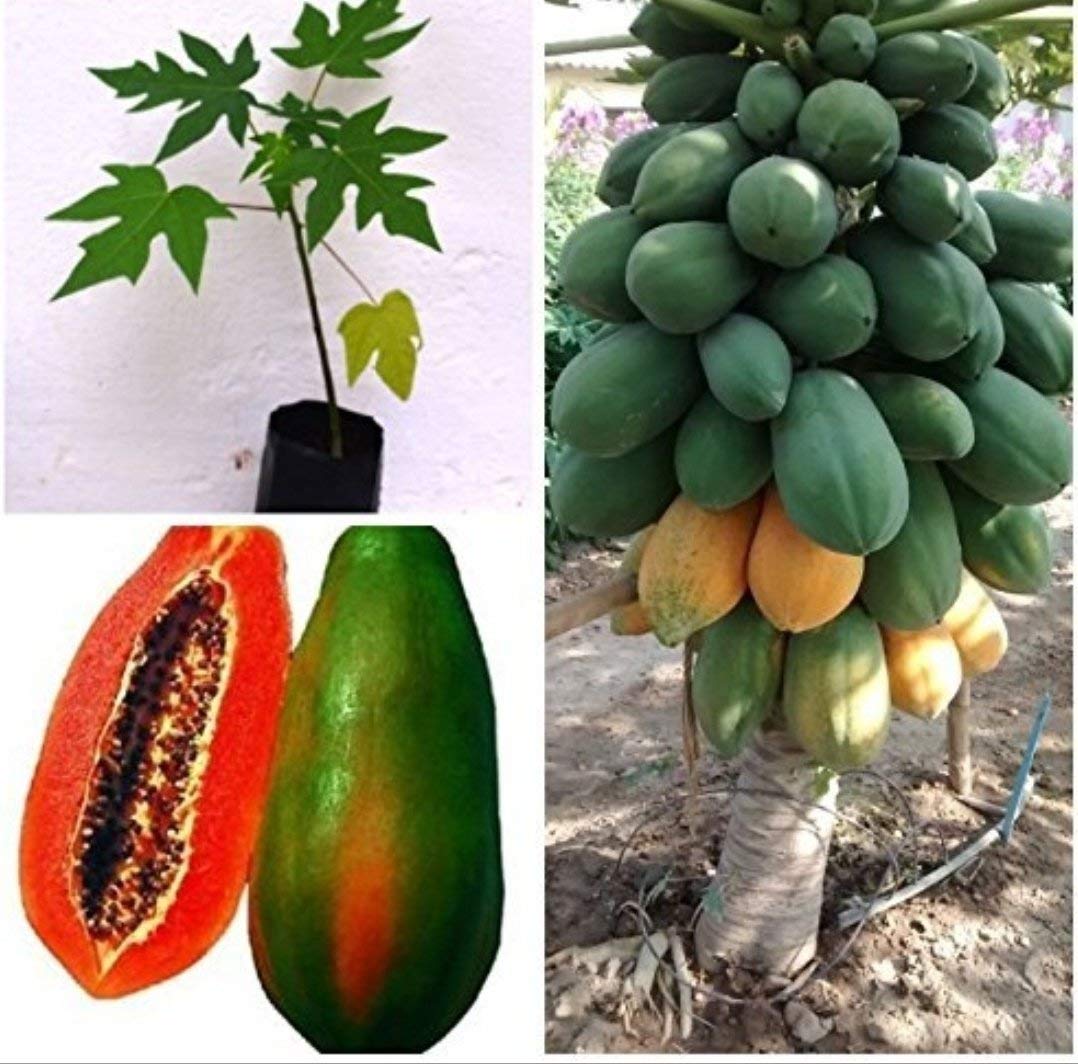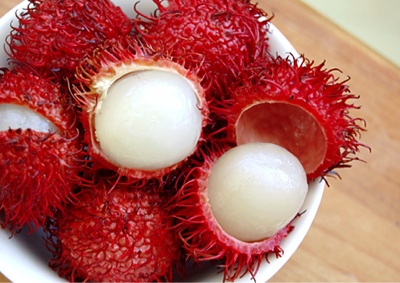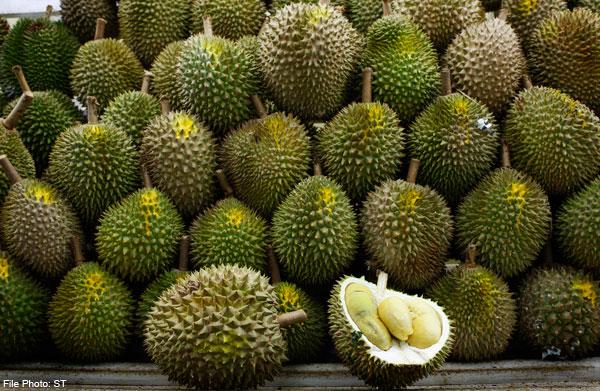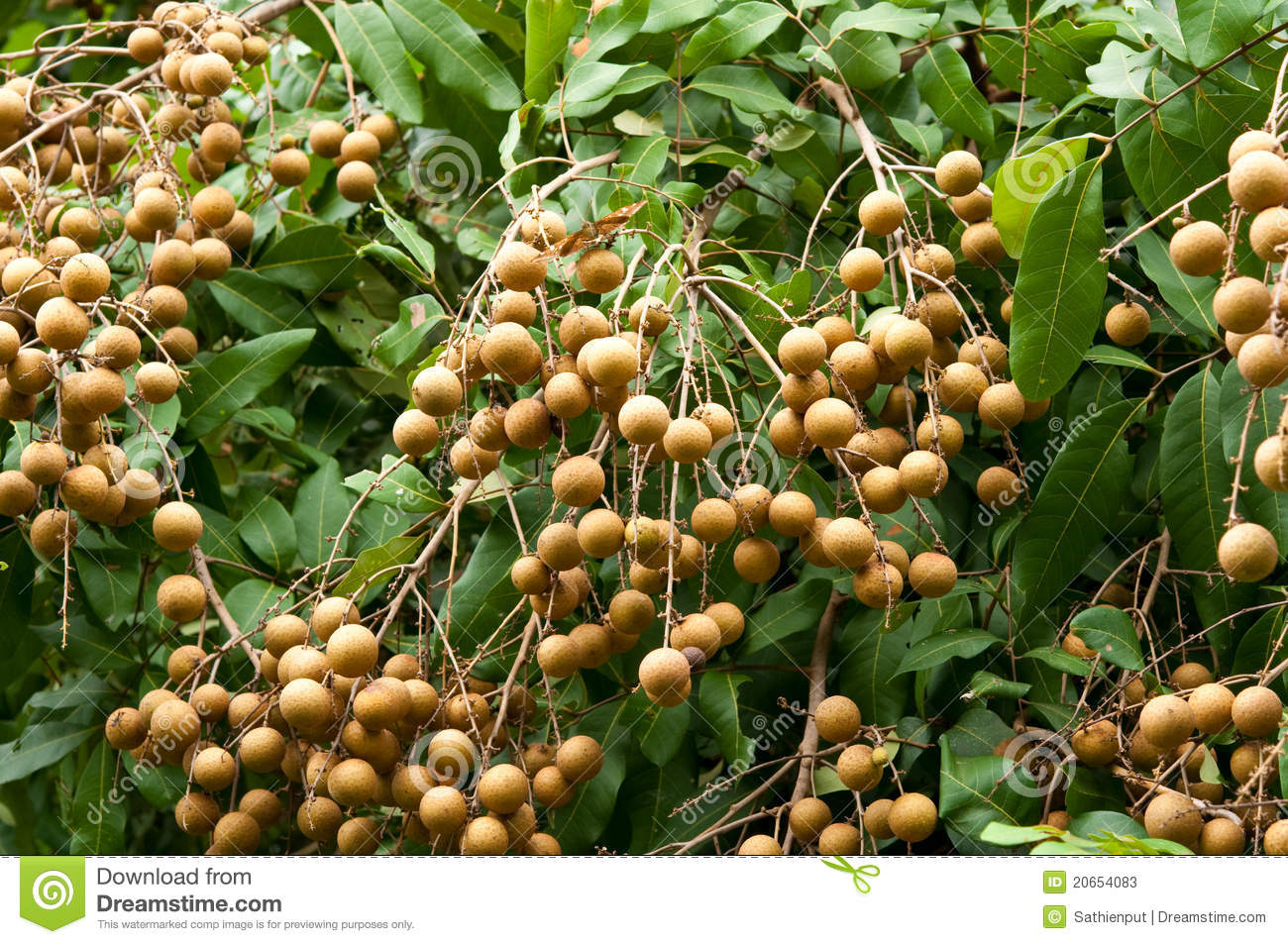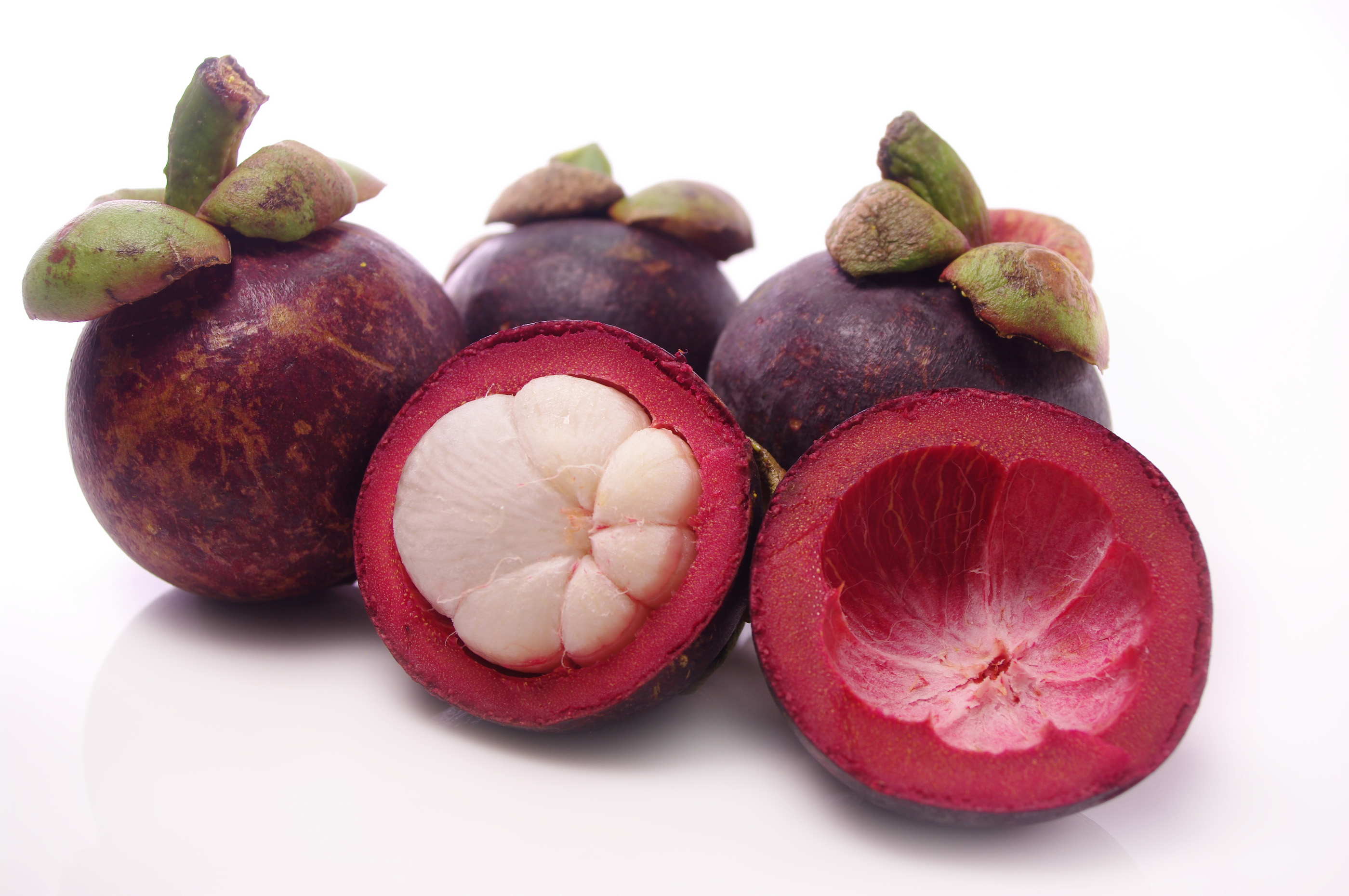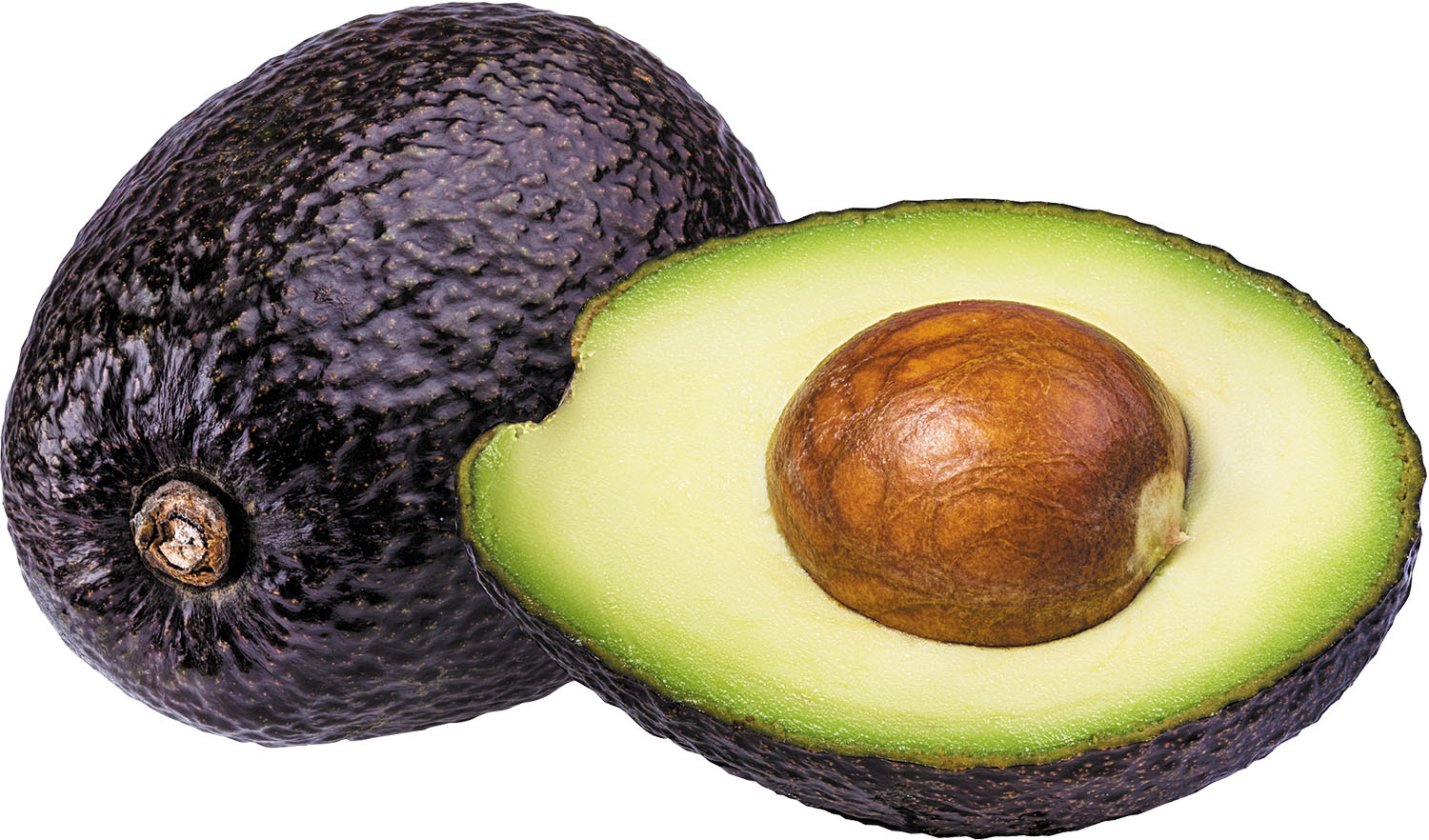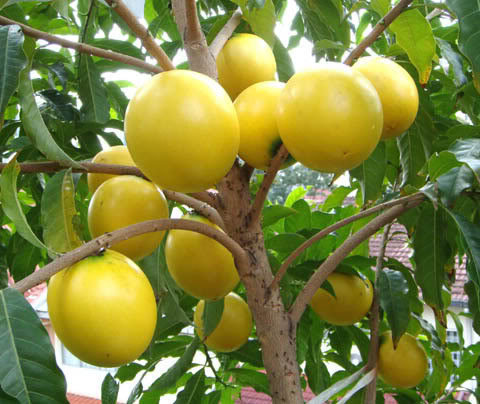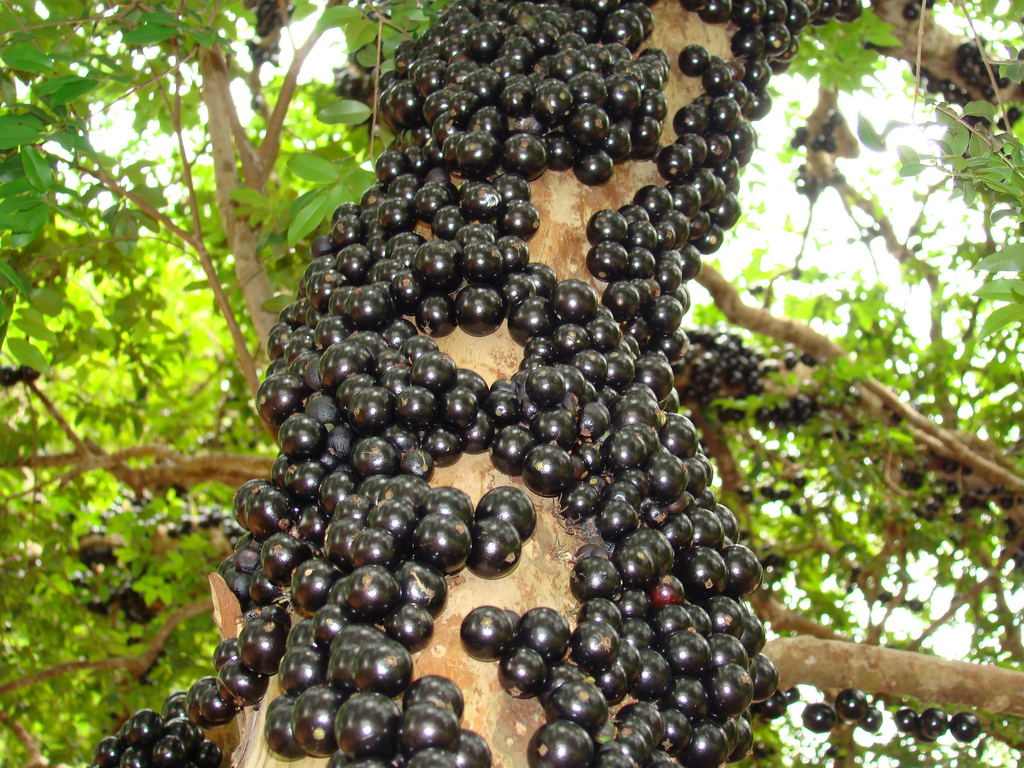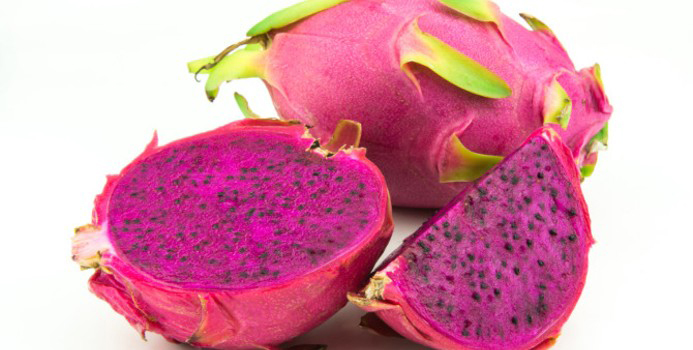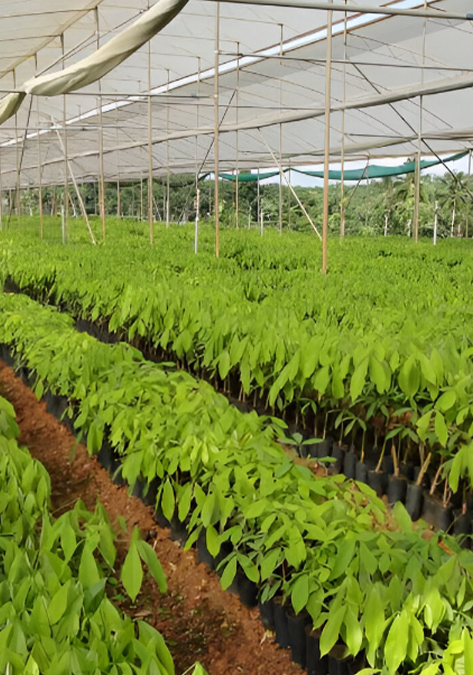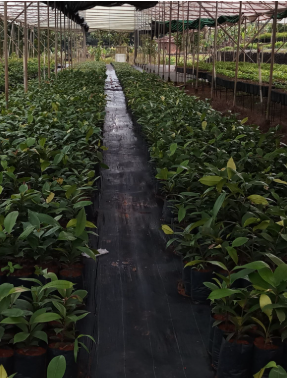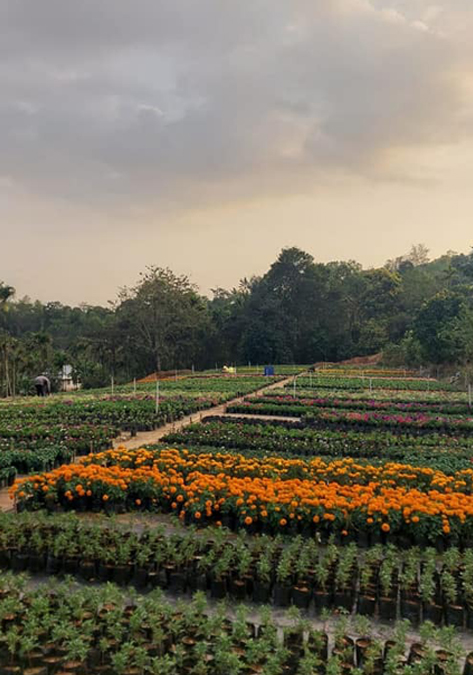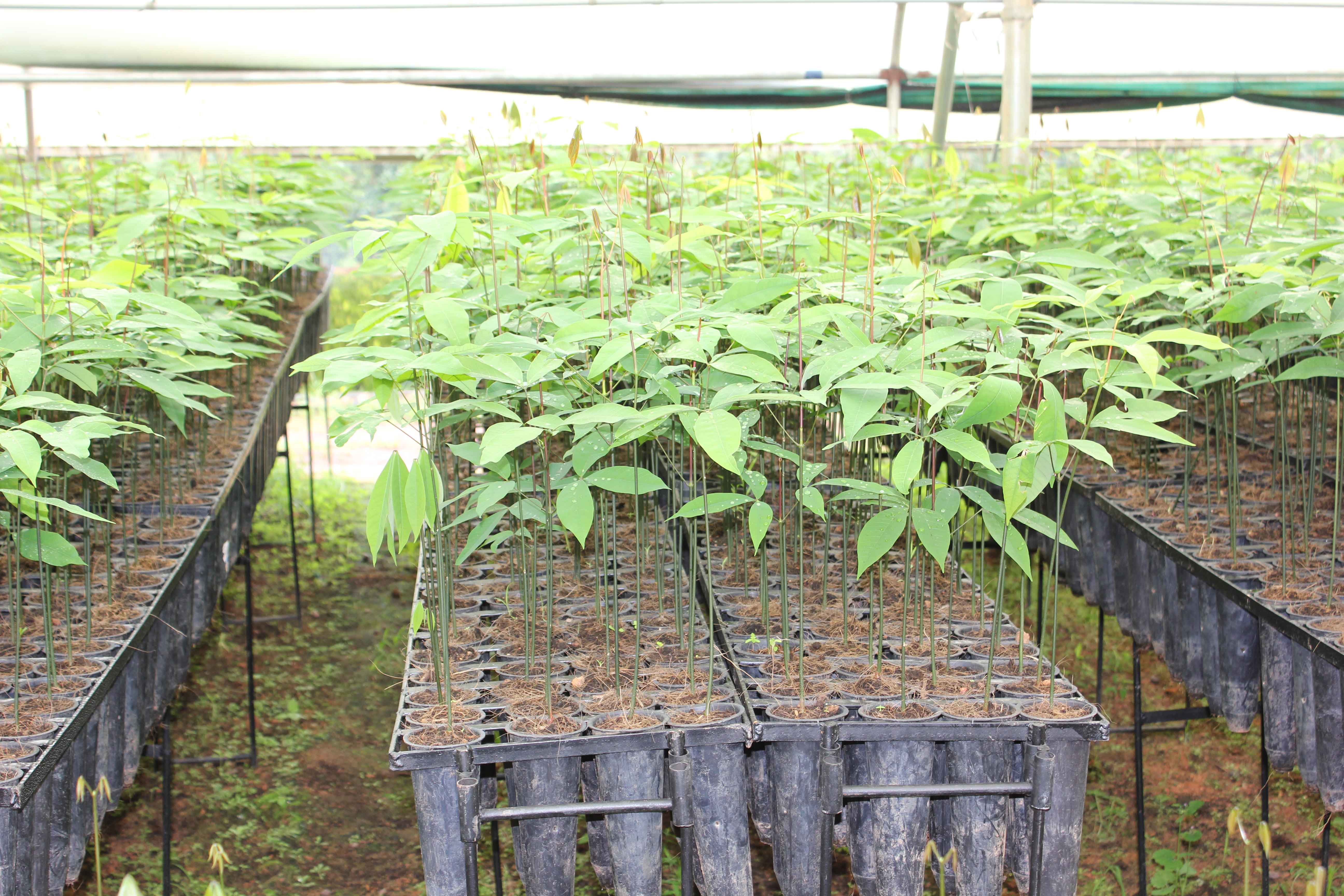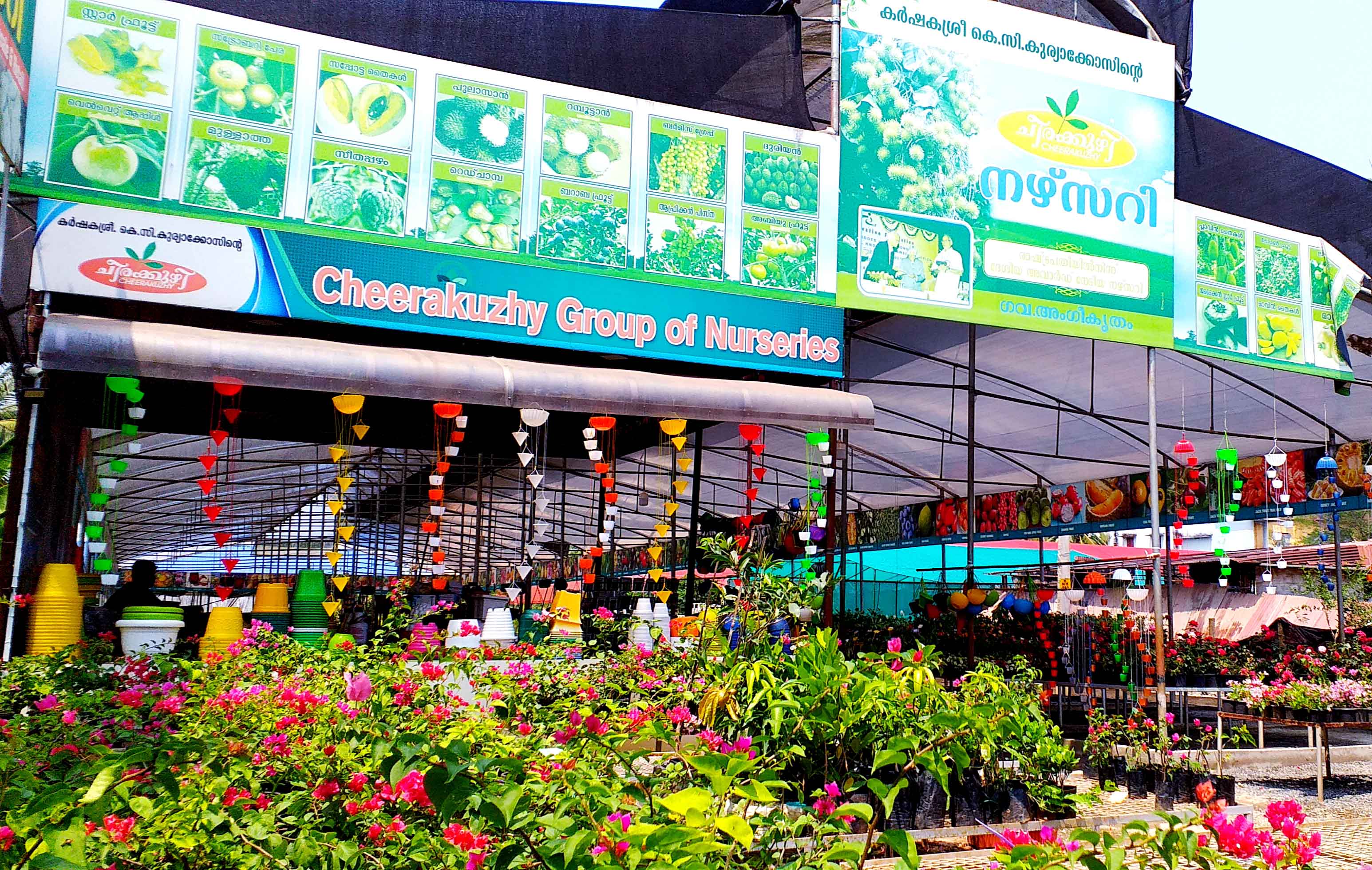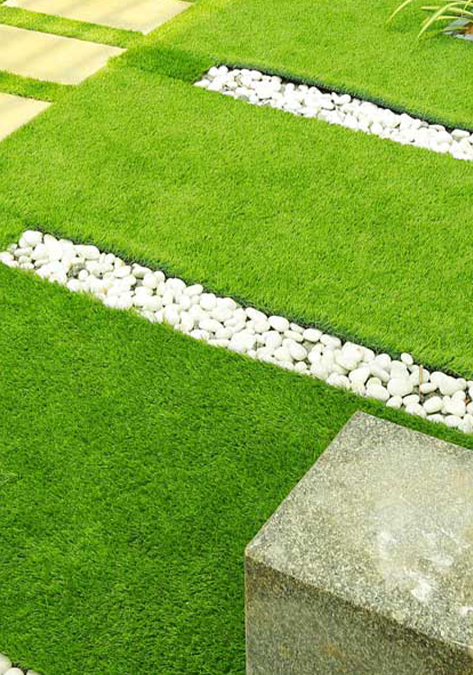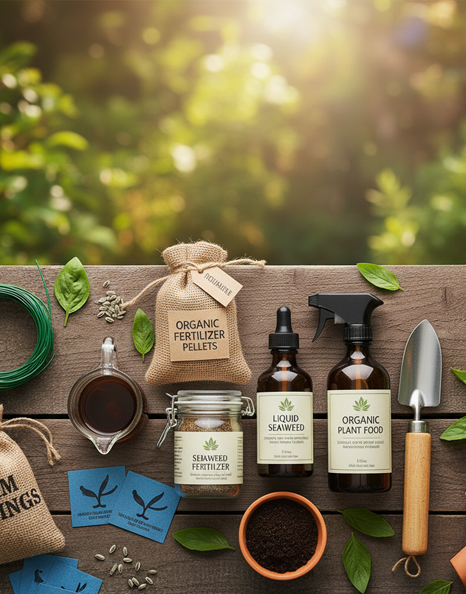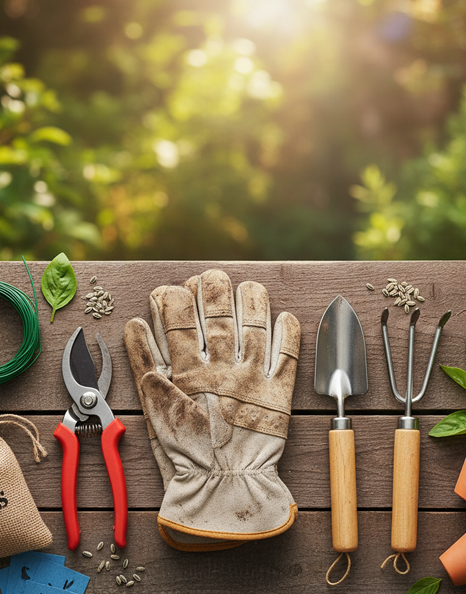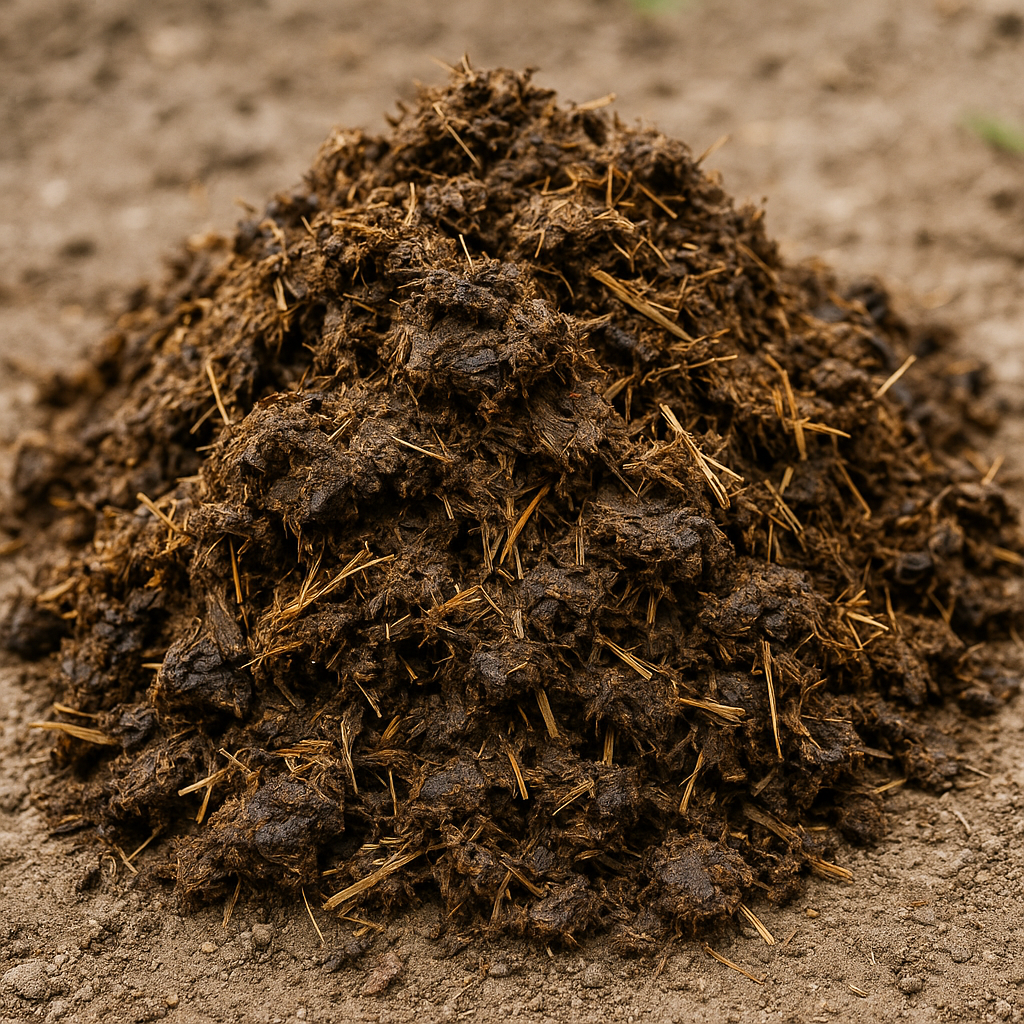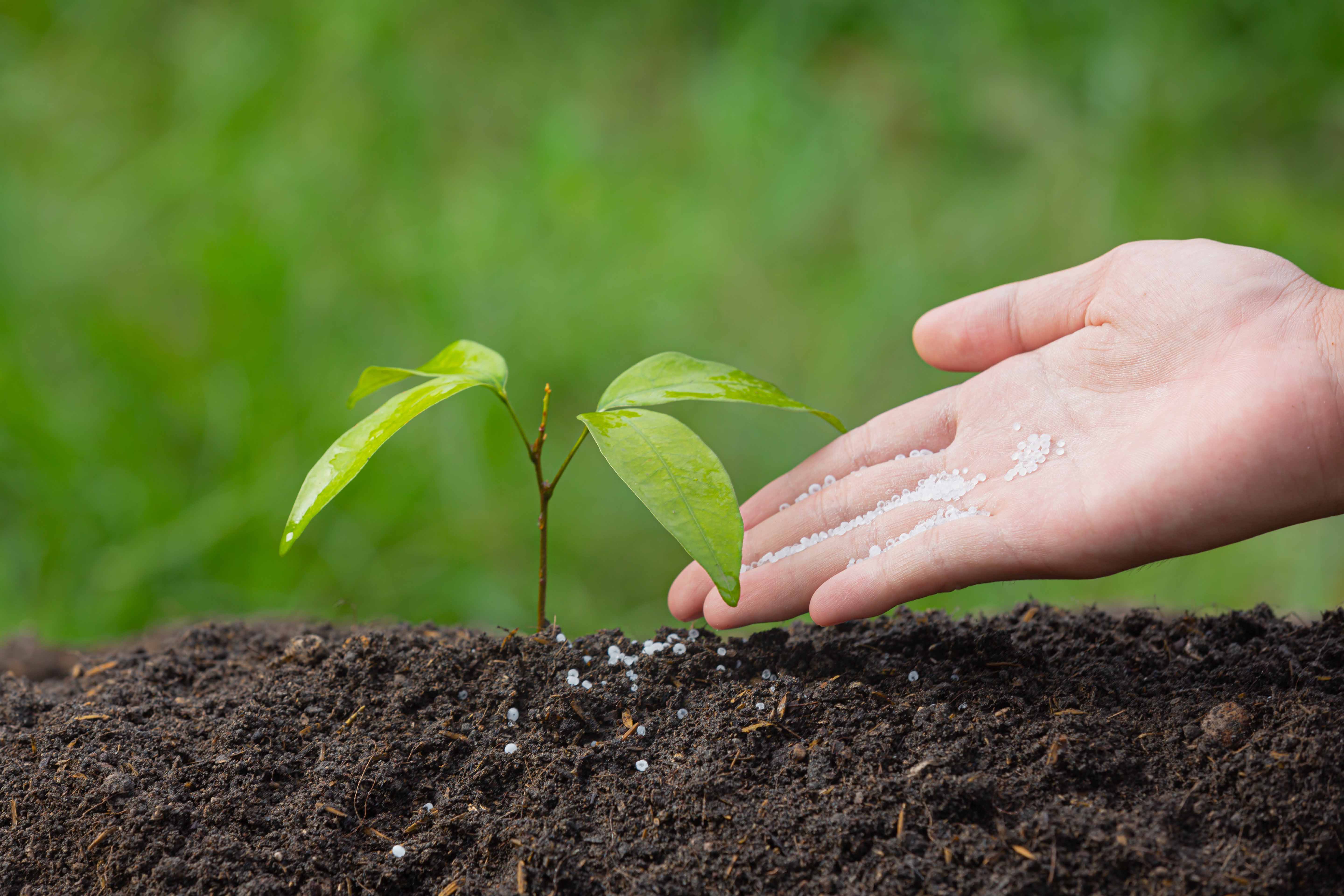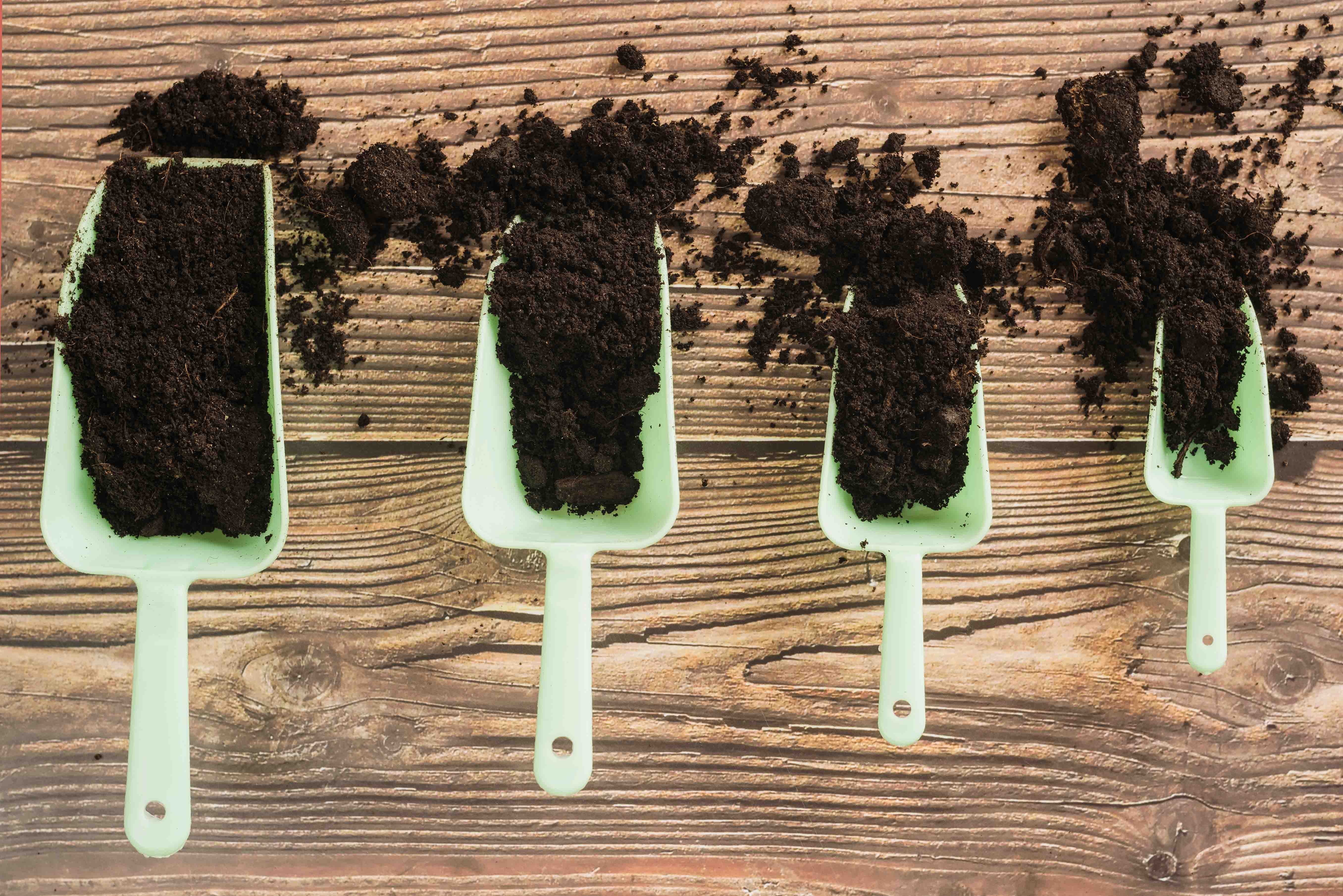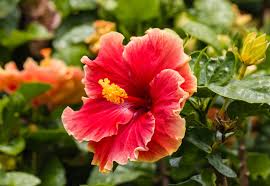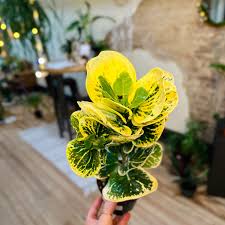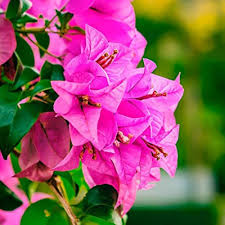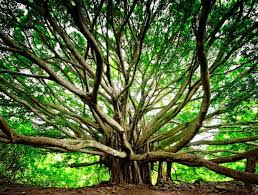Through Our Horticulture
Nursery & Garden Center
Turning your Haven into a
Beautiful Heaven

Our collections
Our Horticulture Journey
In 2001, Cheerakuzhy group ventured into horticulture and garden nursery
production, with a strong emphasis on sustainable and organic
gardening. In
2012, the horticulture division was formally registered as Cheerakuzhy Agro Developers Pvt. Ltd.,
further reinforcing its reputation
as a professional and innovative nursery
enterprise.
Today, with over four decades of experience, Cheerakuzhy has
earned the trust of both commercial growers and home gardeners, blending
traditional farming values with modern nursery techniques.
Our Mission
Promoting Organic Gardening
for a
Healthier Tomorrow

Promoting Organic Gardening for a Healthier Tomorrow









Key Facilities & Locations
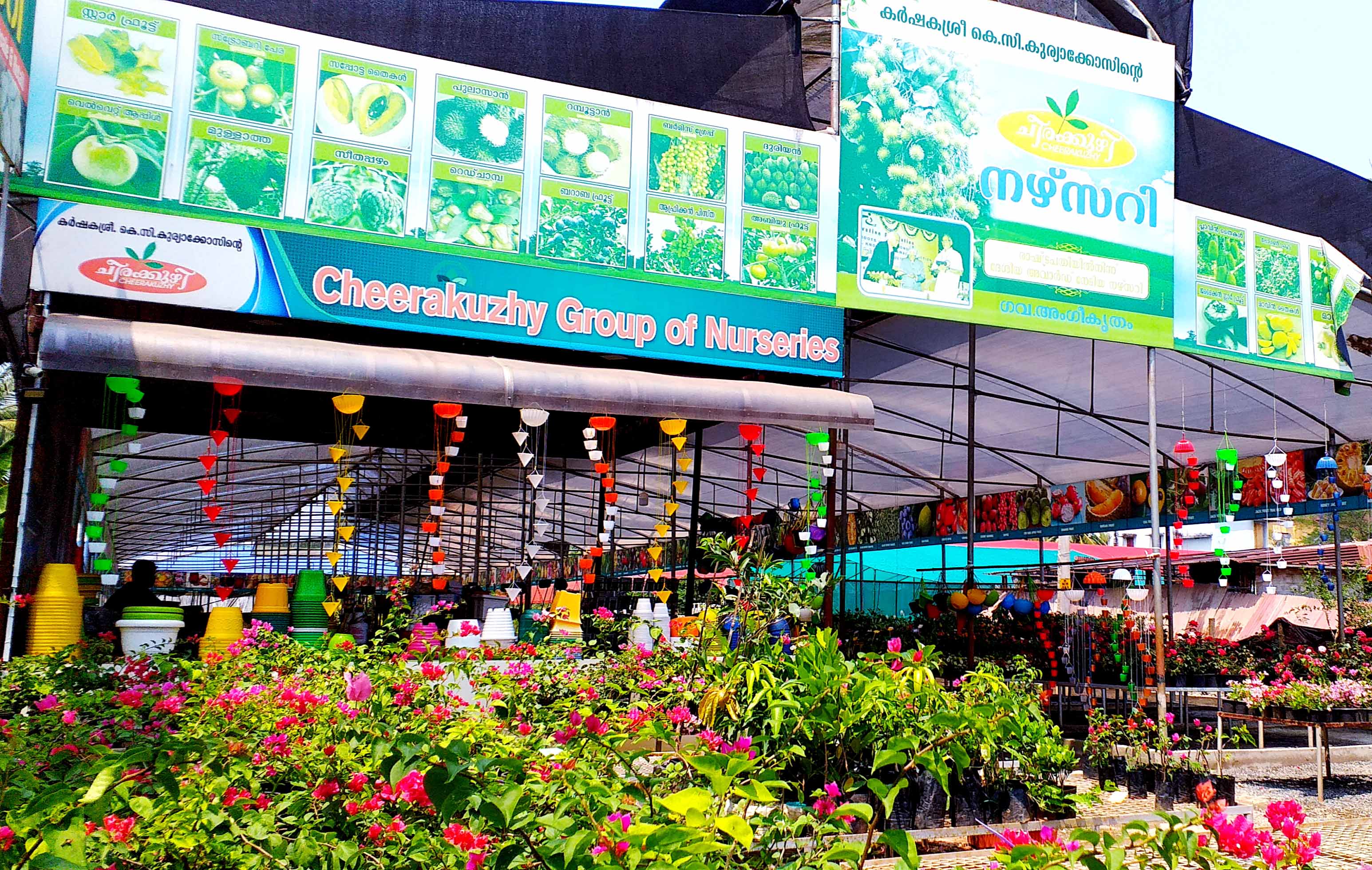
01.
Mannarkkad Nursery –
Sales &
Display Centre

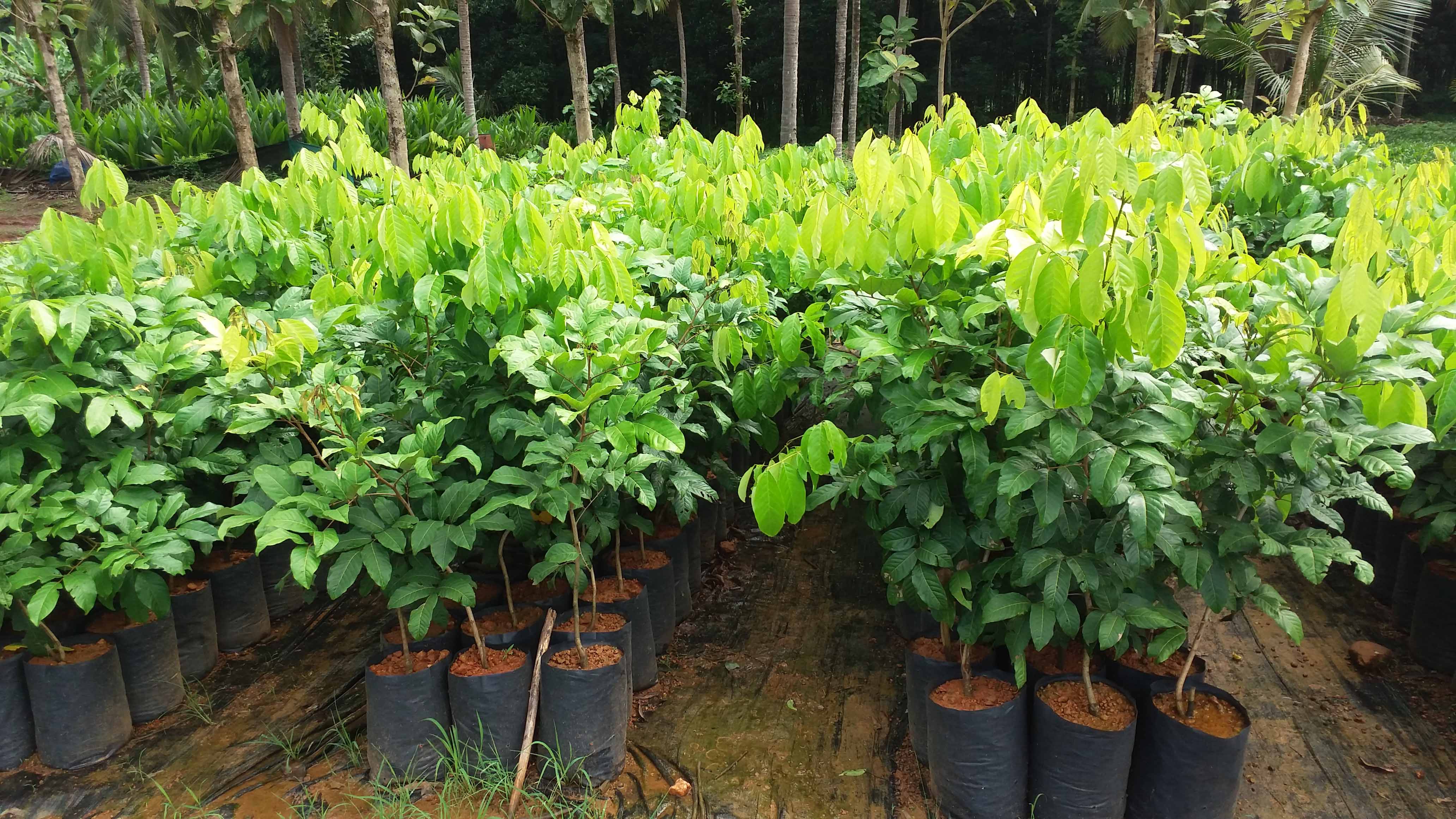
02.
Sreekrishnapuram – Mother
Farm &
Fruit Plant Unit
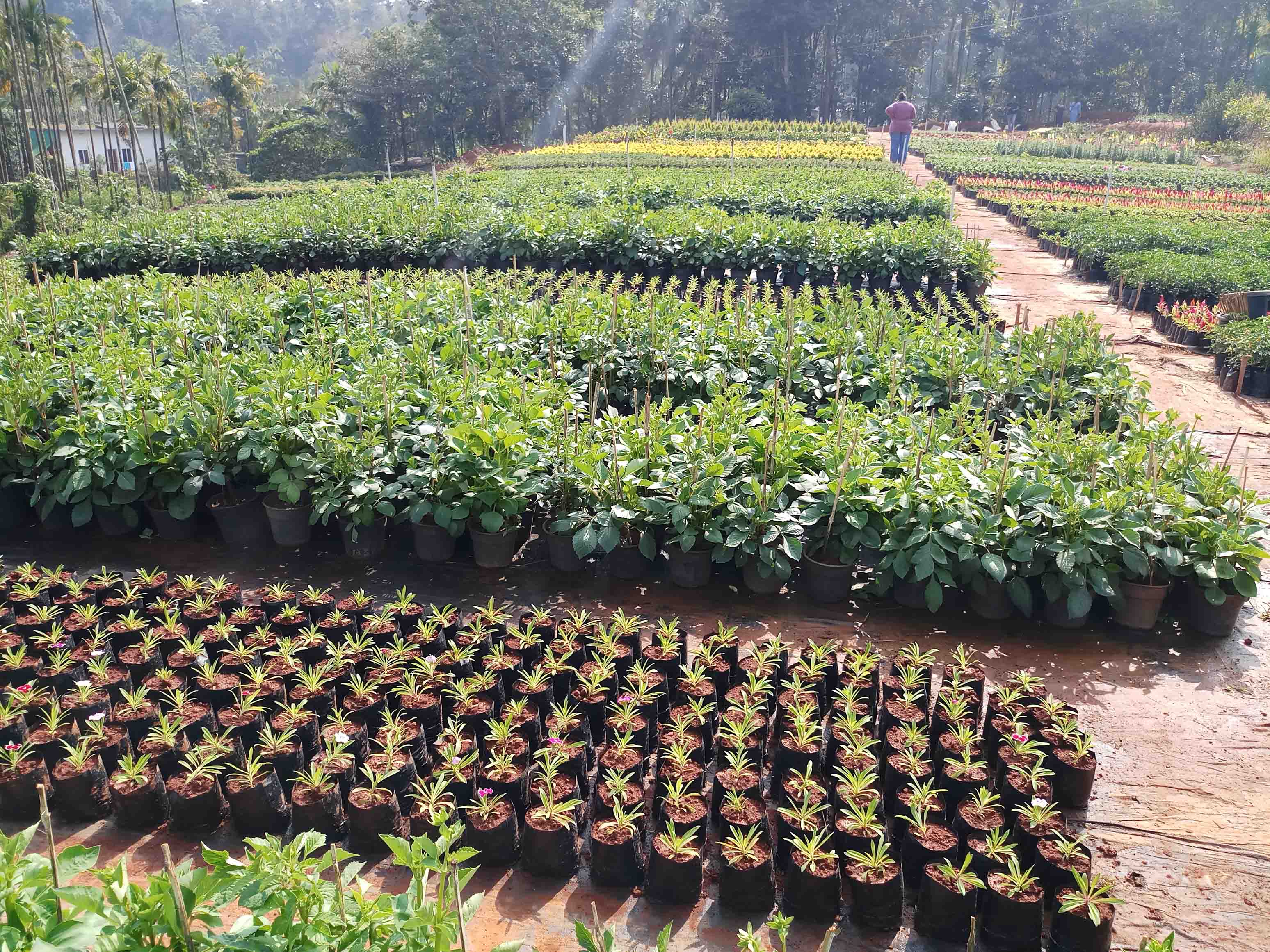
03.
Attappadi Nurseries Pvt. Ltd. –High-Range Unit

01. Mannarkkad Nursery Sales &
Display
Centre
Spans 8 acres with:
Polyhouses & shade houses
Fully automated sprinkler irrigation
Showcase gardens & sales counters
Garden Centre with:
Decorative pots (plastic, ceramic, terracotta)
Fertilizers, tools, accessories, and soil mixes

02. Sreekrishnapuram – Mother Farm & Fruit Plant Unit
Specialized in:
Propagation of exotic and indigenous fruit plants
Skilled grafting, budding, and layering
True-to-type mother plant maintenance

03. Attappadi Nurseries Pvt. Ltd. – High-Range Unit
Each unit is equipped with:
Climate-controlled polyhouses
Mist chambers for grafting
Shaded propagation beds
Drip and sprinkler irrigation systems
Advanced potting and media preparation units
More than 100 expert & trained staff for budding and grafting along with general workers.
Home Garden Essentials

Hybrid flowering plants


Ornamental & foliage plants


Creepers & climbers


Medicinal & herbal plants

.jpg)
Bulbs (native & exotic)


Vegetable seedlings in grow bags

Fruit Plants
Plantation Crops & Forest Trees
Gardening & Nursery Advisory Services
We offer expert guidance for:
Support Options
In-person consultations at Mannarkkad nursery
Phone/WhatsApp guidance
On-site advisory visits
(on request)
Printed & digital
how-to guides
Pioneers in Horticulture
and Fruit Plant
Production Since 1979
Cheerakuzhy offers scientifically propagated, climate-resilient, and farm-ready fruit
plants that meet the growing demand for diversified, high-
yielding
cultivars among home gardeners and commercial orchard developers.
Fruit Plant Varieties Offered
Some of the wide selection of fast-bearing and high-yielding varieties suited for Kerala’s conditions:
Exotic & Rare Fruit Varieties
Propagation Techniques & Nursery Practices
Cheerakuzhy employs scientific and
sustainable propagation practices,
maintaining high survival rates and genetic integrity.
Softwood Grafting
Mango
sapota
jackfruit
Modified Budding
Citrus
guava
nutmeg
rambutan
pulasan
mangos
durian
Air Layering
Litchi
fig
guava
citrus
Seed Propagation & Vegetative Cuttings
Passion fruit
star fruit
select herbs
Why choose Cheerakuzhy Fruit Plants?
Plantation Crops
Collection at
Cheerakuzhy Group of Nurseries

Nutmeg is a highly valuable spice crop with growing market demand. Cheerakuzhy Group of Nurseries proudly offers ‘Pathri Rani’ – our own identified, high-performing nutmeg variety.Propagation is done through scientifically proven young budding methods for early bearing and genetic purity.

Rambutan is an exotic tropical fruit that is gaining popularity in India. We propagate high-quality rambutan plants through young budding techniques.



We supply premium-quality coffee seedlings collected from established estates in Wayanad and other renowned coffee-growing regions.
Varieties:

Arabica : Known for its superior aroma and flavor.

Robusta : Popular for higher yields and strong disease resistance.

Cocoa is a highly profitable intercrop, especially when integrated with coconut and arecanut plantations.
Varieties:

Hybrid Cocoa Varieties
Known for superior bean yield and better
pod setting.

We offer healthy, well-rooted clove seedlings propagated from elite mother plants with high productivity.

Black Pepper is Kerala’s flagship spice crop. Our pepper cuttings are sourced from premium mother plants in Coorg, Wayanad, and our own farms.
Varieties:

Panniyur Series (1, 2, 3, 5, 6) : Popular for bold berries and high productivity.

Karimunda : Traditional, hardy, and widely accepted across Kerala.
Indoor Plants Collection
at
Cheerakuzhy Group of
Nurseries

Areca Palm (Dypsis lutescens)

Peace Lily (Spathiphyllum wallisii)

Snake Plant (Sansevieria trifasciata)

ZZ Plant (Zamioculcas zamiifolia)

Anthurium

Orchids (Phalaenopsis, Dendrobium)

Peace Lily (Also a flowering variety)

Kalanchoe

Kalanchoe

Aloe Vera

Haworthia

Jade Plant (Crassula ovata)

Lucky Bamboo

Syngonium

Fittonia (Nerve Plant)

Pilea Peperomioides (Chinese Money Plant)

English Ivy (Hedera helix)

String of Pearls

Dischidia

Tradescantia (Wandering Jew)
Why Choose Cheerakuzhy
for Indoor Plants?
Extensive Variety :
Foliage plants, succulents, air-purifiers, and flowering species.
Professional Propagation:
Tissue culture, cuttings, and division for healthy, durable plants.
Indoor-Ready Quality:
All plants are carefully acclimatized for indoor conditions.
Customized Selection:
Expert advice on plant choice based on light, space, and care needs.
After-Sales Support:
Ongoing guidance on potting, pest control, maintenance, and repotting.
Pro Tips for Healthy
Indoor Plants
Rotate plants weekly for even growth.
Group plants together to improve humidity.
Avoid heaters and AC vents.
Quarantine new plants to prevent pest infestations.
Expertise of Cheerakuzhy Group of Nurseries
in Outdoor and Landscape Plants
Outdoor & Landscape Plants at
Cheerakuzhy Group of Nurseries
Note: These are only a few examples. We offer hundreds of species
suited for a wide range of landscaping styles and environmental
conditions. Custom selections
are available based on project needs.
Cheerakuzhy
Garden
Center – Your One-Stop
Destination for
Pots &
Garden Accessories
The Cheerakuzhy Garden Center, an extension of the Cheerakuzhy Group of Nurseries, is committed to providing not just premium planting materials but also everything you need to build, beautify, and maintain your garden. We offer a wide range of pots, garden tools, and essential accessories.
Pots Collection at Cheerakuzhy Garden Center

Hybrid flowering plants
View all

Ornamental & foliage plants
View all

Creepers & climbers
View all

Medicinal & herbal plants
View all
.jpg)
Bulbs (native & exotic)
View all

Vegetable seedlings in grow bags
View all
Garden Accessories and Tools
Watering Cans & Sprayers
Hand Tools
Available Accessories
Pruners
trowels
weeders
rakes
Plant Supports
Available Accessories
Trellises
stakes
cages for climbers
Organic Fertilizers & Potting Mixe
Mulching Sheets & Cocopeat
Pebbles & Decorative Stones
Garden Gloves & Tool Sets
Pest Control Solutions
Available Accessories
Neem oil
organic pesticides
Available Accessories :
Cheerakuzhy’s Role in Garden Solutions
Complete Gardening Hub
We provide the right plants, right pots, right tools and right guidance.
Customer Education
We actively guide our customers on choosing pot sizes and materials for specific plants and Best practices in container gardening.
Sustainable Gardening Promotion
We promote eco-friendly gardening practices by offering organic fertilizers, grow bags, and biodegradable pots to encourage sustainable home gardening.
Comprehensive Package of Practices
1. Pitting and Planting of Fruit Plants
General Pitting and Planting Guidelines
2. Manuring & Fertilization
Per Plant Annual Chemical Fertilizer Recommendation for Common Fruit Plants (mature plants). Young Plants: (1-3 years) Start with 1/4th to 1/2 of the full dose and gradually increase yearly.
Key Application Guidelines
3. Irrigation & Weed Control
Young plants: Water every 3–5 days.
Mature trees: Water based on rainfall and soil type.
Drip irrigation is ideal.
Manual weeding and mulching with dry leaves or straw.
Avoid chemical weedicides around young plants.
4. Pruning Guidelines for Common Fruit Plants
Here’s a plant-wise pruning guideline for common fruit plants
typically grown in tropical and subtropical
regions, especially
relevant for Indian cultivation practices:
1. Pitting, Planting, and Spacing of Major Plantation Crops
2. Manuring Per Plant Annual Fertilizer Recommendation Chart for Major Plantation Crops
3. Watering & Drainage
Irrigate during dry months, especially for coconut.
Ensure good drainage.
4. Canopy Management

Coffee: Shape canopy and remove old growth.

Coconut: Remove old fronds and clean the crown.

Cocoa: Thin dense branches for light penetration.
III. Planting and Maintenance Guide for Indoor Ornamental Plants
General Fertilization Guidelines for Indoor Plants



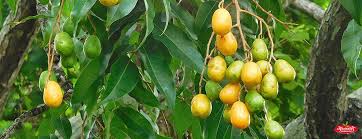
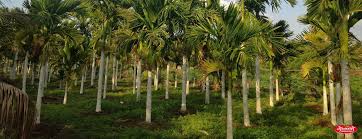
.jpeg)
.jpeg)











